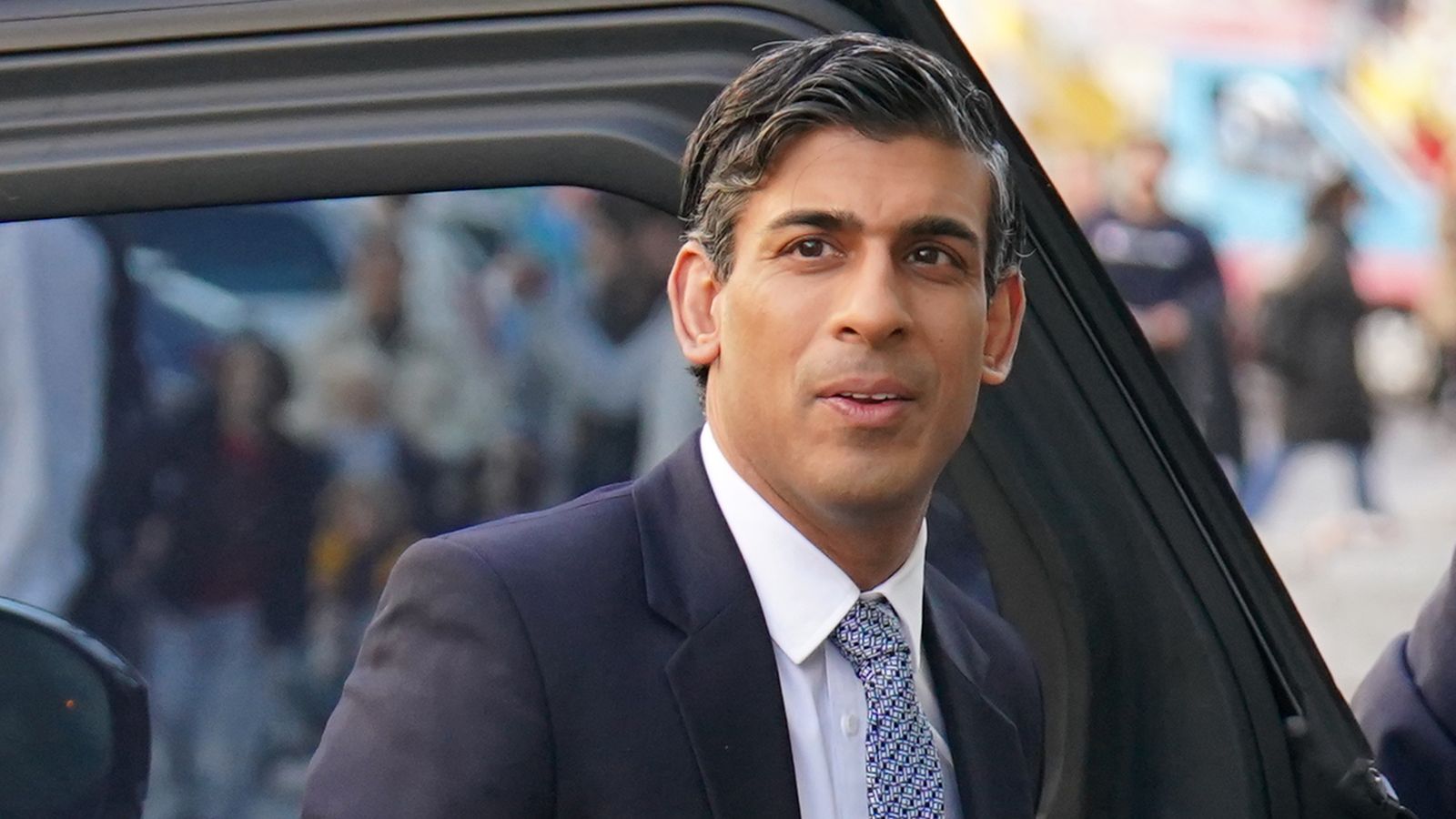To convert a single hush payment into 34 state felonies in the New York case against former President Donald Trump, prosecutors are relying on several interacting statutes, which makes their legal theory convoluted and confusing. Juan Merchan, the judge presiding over Trump’s trial, added to the confusion on Wednesday when he instructed the jurors on the conclusions they must reach to find Trump guilty.
Shortly before the 2016 election, Michael Cohen, then a lawyer working for Trump, paid porn star Stormy Daniels $130,000 to keep her from talking about her alleged 2006 sexual encounter with Trump. When Trump reimbursed Cohen in 2017, prosecutors say, he caused the falsification of 34 business records11 invoices, 11 checks, and 12 ledger entriesthat were aimed at disguising the reimbursement as payment for legal services.
Ordinarily, falsification of business records, which requires “an intent to defraud,” is a misdemeanor. But it becomes a felony when the defendant’s “intent to defraud” includes “an intent to commit another crime or to aid or conceal the commission thereof.” The prosecution’s theory of “another crime” relies on Section 17-152 of the New York Election Lawa statute so obscure that experts said they had never seen another criminal case based on it. That provision makes it a misdemeanor for “two or more persons” to “conspire to promote or prevent the election of any person to a public office by unlawful means.”
Merchan laid out three possible candidates for “unlawful means” to which prosecutors have alluded. One is debatable, while the other two make little or no sense in the context of Section 17-152. Merchan said the jurors need not settle on any particular theory of “unlawful means,” provided they agree that Trump was trying to aid or conceal a violation of Section 17-152.
By fronting the hush money, prosecutors say, Cohen made an excessive campaign contribution, thereby violating the Federal Election Campaign Act (FECA). Cohen pleaded guilty to that offense in 2018 as part of an agreement that also resolved several other, unrelated federal charges against him. While jurors heard about that guilty plea during the trial, CNN notes, Merchan instructed them that they should consider it only “to assess Cohen’s credibility and give context to the events that followed, but not in determining the defendant’s guilt.”
It is unclear whether Trump violated FECA by soliciting Cohen’s “contribution,” a question that hinges on the fuzzy distinction between personal and campaign expenditures. Given the uncertainty on that point, it is plausible that Trump did not think the Daniels payment was illegal, which helps explain why he was never prosecuted under FECA: To obtain a conviction, federal prosecutors would have had to prove that he “knowingly and willfully” violated the statute.
The New York prosecutors say Cohen and Trump conspired to promote his election through “unlawful means.” Under New York law, a criminal conspiracy requires “a specific intent to commit a crime.” Trump’s understanding of FECA is relevant in assessing whether he had such an intent, meaning he recognized the nondisclosure agreement with Daniels as “unlawful means.”Trump’s understanding of FECA therefore also is relevant in assessing whether he falsified business records with the intent of concealing “another crime.”
This theory assumes three things: 1) that Trump recognized the Daniels payment as a FECA violation; 2) that he knew about Section 17-152, a moribund, rarely invoked law; and 3) that he anticipated how New York prosecutors might construe Section 17-152 in light of FECA. The first assumption is questionable, the second is unlikely, and the third is highly implausible. Yet you would have to believe all three things to conclude that Trump approved a plan to misrepresent his reimbursement of Cohen as payment for legal services with the intent of covering up a FECA-dependent violation of Section 17-152.
The other two theories that Merchan mentioned seem even less promising.
According to one theory, Trump was facilitating a violation of New York tax law by allowing Cohen to falsely report his reimbursement as income. Although that violation is described as “criminal tax fraud,” Merchan said it does not matter that Cohen’s alleged misrepresentation resulted in a higher tax bill. The judge noted that it is illegal to submit “materially false or fraudulent information in connection with any return,” regardless of whether that information benefits the taxpayer.
Putting aside that counterintuitive definition of tax fraud, this theory requires believing that Trump, when he reimbursed Cohen, not only contemplated what would happen when Cohen filed his returns the following year but also thought that “unlawful means” somehow would influence an election that had already happened. The logic here is hard to follow.
Likewise with the third theory of “unlawful means.” Prosecutors say Trump’s falsification of business records was designed to aid or conceal the falsification of other business records. CNN reports that the latter records could involve, among other things, the corporate bank account that Cohen created to pay Daniels, Cohen’s transfer of the money to Daniels’ lawyer, or the Trump Organization’s 1099-MISC forms for the payments to Cohen.
Since the 1099 forms were issued after the election, it is hard to see how they could have been aimed at ensuring Trump’s victory. And although the other records predated the election, this theory involves a weird sort of bootstrapping.
Prosecutors say the records related to Cohen’s dummy corporation, for example, were falsified because they misrepresented the nature and purpose of that entity, which by itself is a misdemeanor. That misdemeanor was the “unlawful means” by which Trump allegedly sought to promote his election, another misdemeanor. And because Trump allegedly tried to conceal the latter misdemeanor by falsifying the records related to Cohen’s reimbursement, those records are 34 felonies instead of 34 misdemeanors.
“One of the three crimes is so circular as to produce vertigo in the jury room,” George Washington University law professor Jonathan Turley observes. “The prosecutors zapped a dead misdemeanor back into life by claiming a violation under New York’s election law 17-152. The argument is that the crime was committed to further another crime as an unlawful means to influence the election. However, that other crime can be the falsification of business records. So the jury (or some jurors, at least) could find that some documents were falsified as an unlawful means of falsifying other documents.”
Because Merchan said jurors need not agree on which of these theories has been proven beyond a reasonable doubt, the rationale for convicting him is apt to be muddled. “The judge has ruled that the jury does not have to agree on what actually occurred in the case,” Turley says. “Merchan ruled that the government had vaguely referenced three possible crimes that constitute the ‘unlawful means’ used to influence the election: a federal election violation, the falsification of business records, and a tax violation. The jurors were told that they could split on what occurred, with four jurors accepting each of the three possible crimes in a 4-4-4 split. The court would still consider that a unanimous verdict so long as they agree that it was in furtherance of some crime.”
Merchan’s instructions did include a caveat that could help Trump. “He said mere knowledge of a conspiracy does not make [the] defendant a co-conspirator,” Fox News correspondent Lydia Hu notes. “Prosecutors must prove intent. Also, being present with others when they form a conspiracy does not mean that the defendant is a part of the conspiracy.”
On its face, Cohen’s testimony regarding Trump’s participation in the alleged conspiracy seems crucial in establishing his intent. Cohen said Trump instructed him to pay Daniels. He also said Trump Organization Allen Weisselberg described the plan to reimburse Cohen during a January 2021 meeting, and Trump did not object. Cohen was the only witness who dirctly testified on those points, and Trump’s lawyers argued that he cannot be trusted, noting that he is a convicted felon, disbarred lawyer, and admitted liar with a powerful grudge against his former boss.
Merchan said “the jury cannot convict Trump on the testimony of Michael Cohen alone because he is an accomplice, but they can use it if they corroborate it with other evidence,” CNN notes. “Even if you find the testimony of Michael Cohen to be believable,” Merchan said, “you may not convict the defendant solely upon that testimony unless you also find it’s corroborated by other evidence.” The other evidence is circumstantial. It includes testimony suggesting that Trump was worried about the impact that Daniels’ story would have on the election, that he conferred regularly with Cohen, and that he was a proud penny-pincher who never would have paid Cohen without knowing exactly what it was for.
That evidence supports the inference that Trump knew he was reimbursing Cohen for the Daniels payment (which he has publicly admitted). It also supports the idea that Trump recognized that payment as a campaign expenditure and therefore an illegal contribution. But it does not prove that second claim beyond a reasonable doubt, which helps explain why the prosecution offered jurors two other possible theories of “unlawful means.” If they are squeamish about the FECA theory, they can instead rely on the tax theory, despite its temporal difficulties, or they can accept the idea that Trump fabricated business records to conceal the fabrication of business records, even though that proposition makes the mind reel.
Since the jurors do not have to agree on the nature of Trump’s “unlawful means,” Merchan’s instructions invite them to convict him based on a hodgepodge of three dubious theories. But if each of these theories is faulty, mixing them together cannot compensate for their weaknesses.








